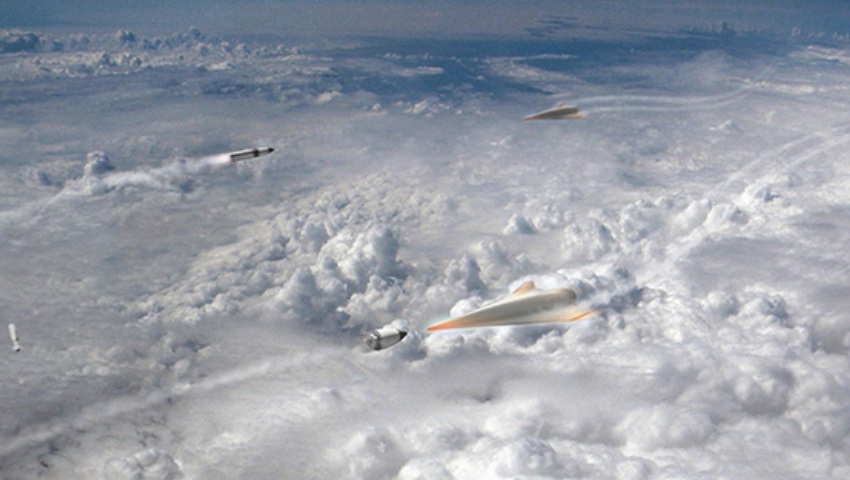The agency has invited stakeholders to support the second phase of its Glide Breaker program.
To continue reading the rest of this article, please log in.
Create free account to get unlimited news articles and more!
The Defense Advanced Research Projects Agency (DARPA) is seeking proposals to conduct wind tunnel and flight testing of jet interaction effects for Phase 2 of its Glide Breaker program.
The program aims to develop new counter-hypersonic missile capability to defend the United Sates against emerging threats.
Phase 1 of the program focused on developing and demonstrating a divert and attitude control system (DACS), designed to enable a kill vehicle to intercept hypersonic weapon threats during the glide phase.
Phase 2 is now expected to focus on quantifying aerodynamic jet interaction effects, resulting from DACS plumes and hypersonic air flows around an interceptor kill vehicle.
“Glide Breaker Phase 1 developed the propulsion technology necessary to achieve hit-to-kill against highly-manoeuvrable hypersonic threats,” Major Nathan Greiner, program manager in DARPA’s Tactical Technology Office, said.
“Phase 2 of the Glide Breaker program will develop the technical understanding of jet interactions necessary to enable design of propulsion control systems for a future operational glide-phase interceptor kill vehicle.
“Phases 1 and 2 together fill the technology gaps necessary for the US to develop a robust defence against hypersonic threats.”
DARPA has also been working with the defence industry to develop hypersonic missiles to attack enemy targets.
Earlier this month, Lockheed Martin announced the successful flight test of the Hypersonic Air-breathing Weapon Concept (HAWC) as part of a collaboration with the DARPA, Air Force Research Laboratory (AFRL), and Aerojet Rocketdyne (AJRD).
The missile reportedly hit speeds in excess of Mach 5 at a peak altitude above 65,000 feet (just under 20 kilometres).
This came less than a year after Lockheed Martin conducted a demonstration alongside Northrop Grumman.
The test was part of a broader project supporting the US Navy’s Conventional Prompt Strike (CPS) and the US Army’s Long Range Hypersonic Weapon (LRHW) programs.
The companies tested the first stage solid rocket motor, which fired for the full trial duration and reportedly met performance parameters and objectives within anticipated ranges.
[Related: Lockheed Martin tests hypersonic missile ]

 Login
Login







